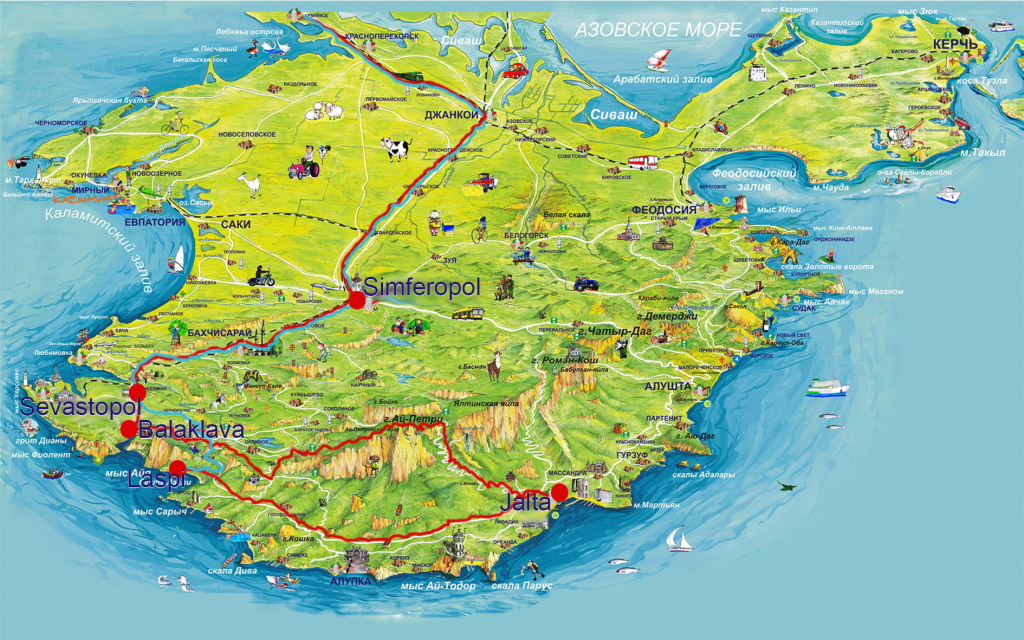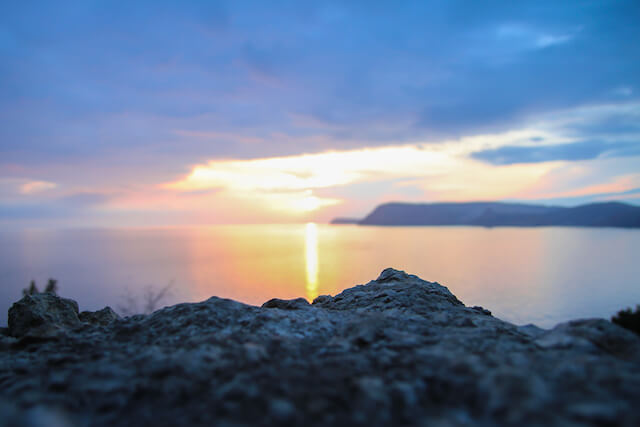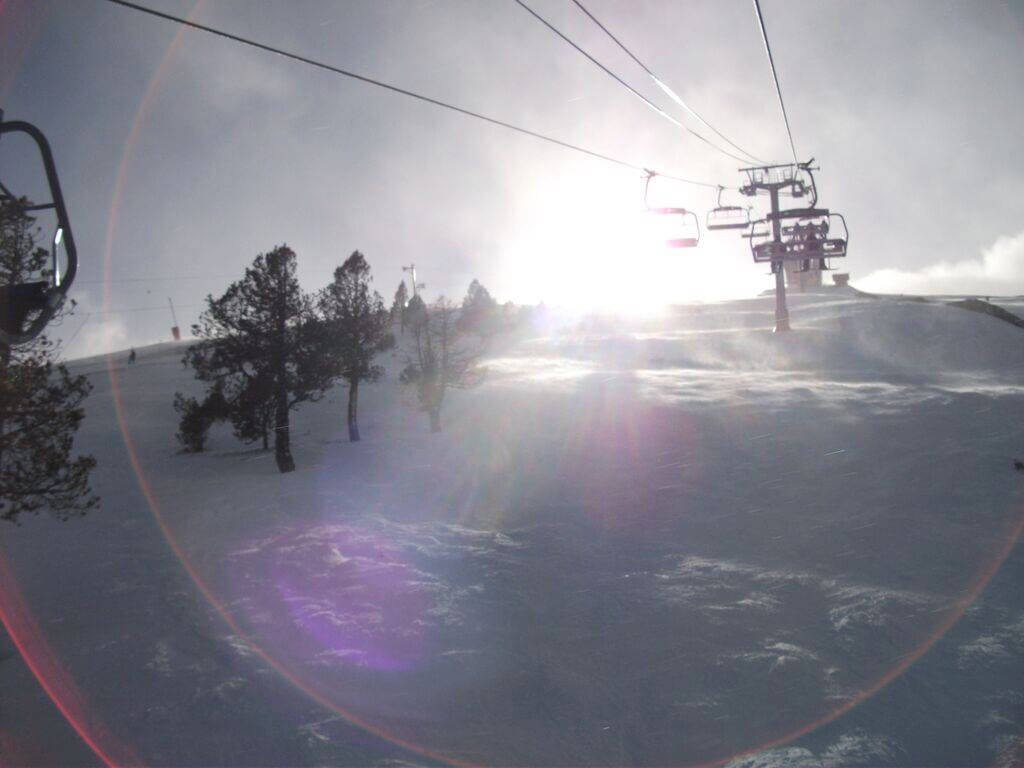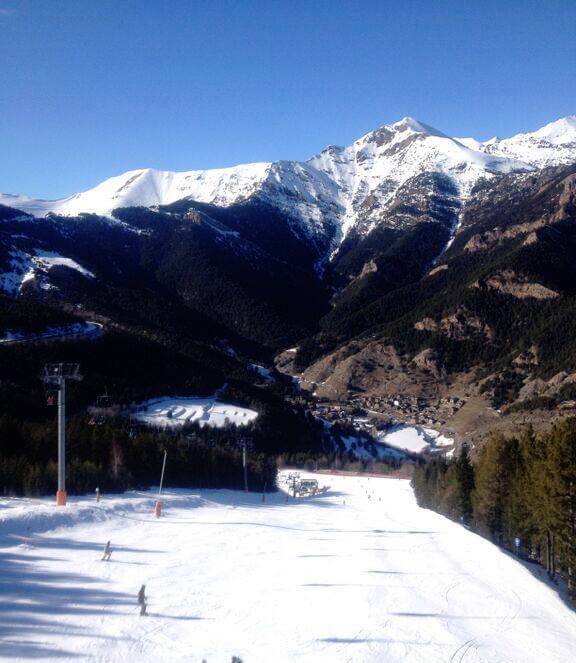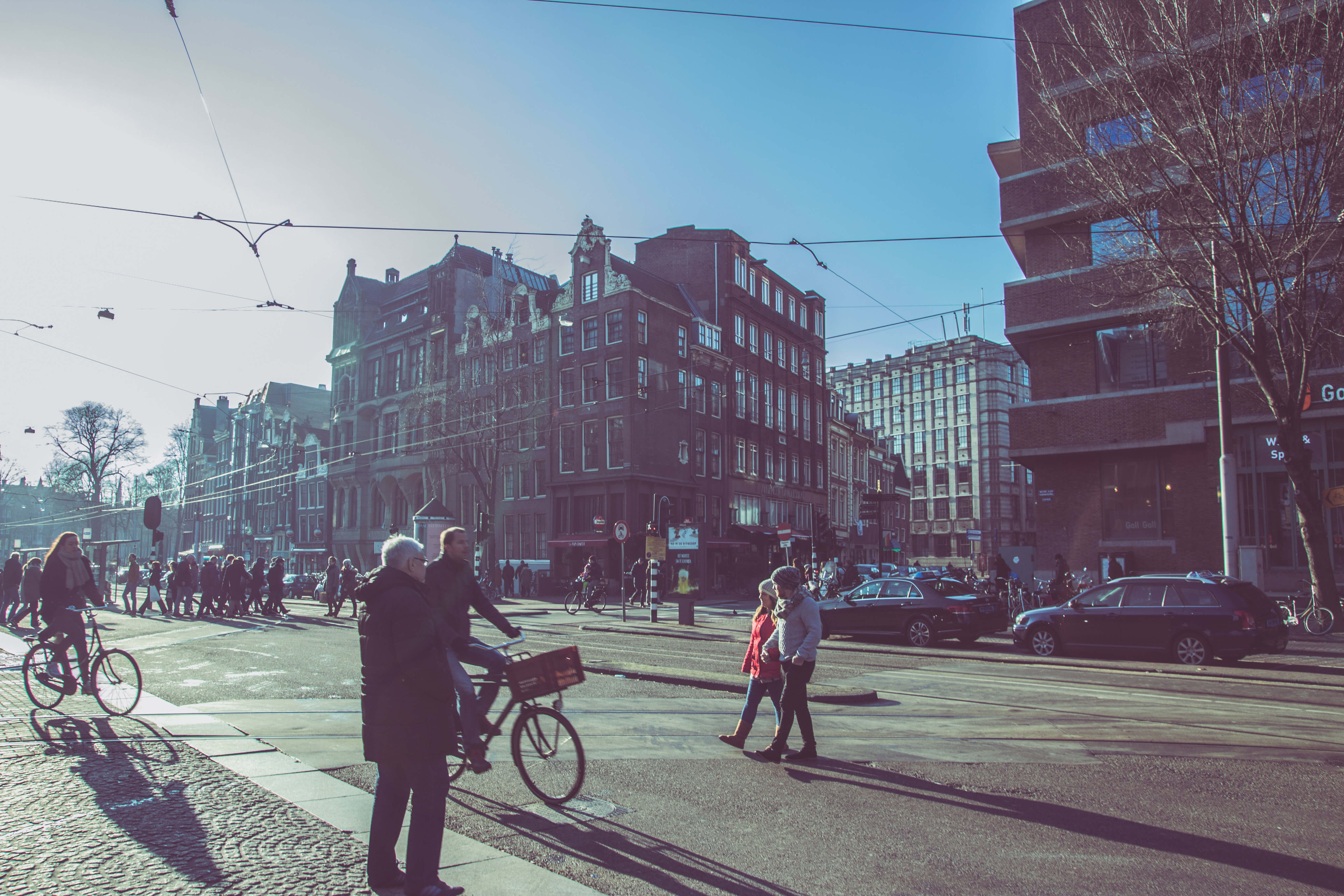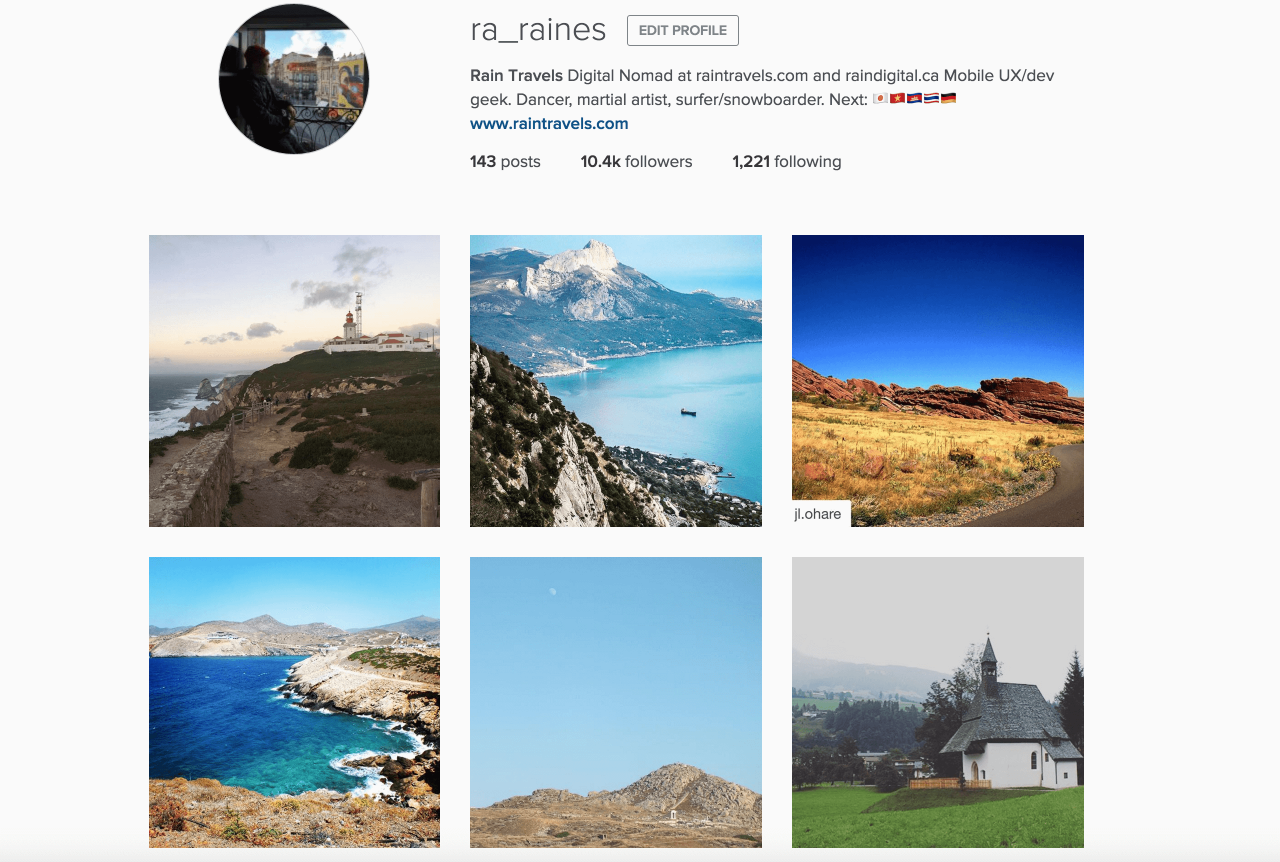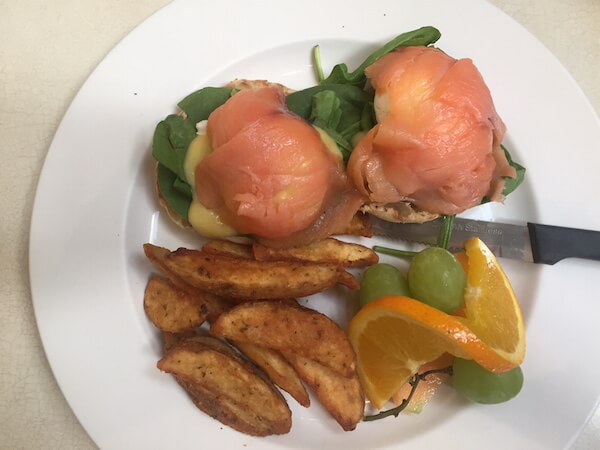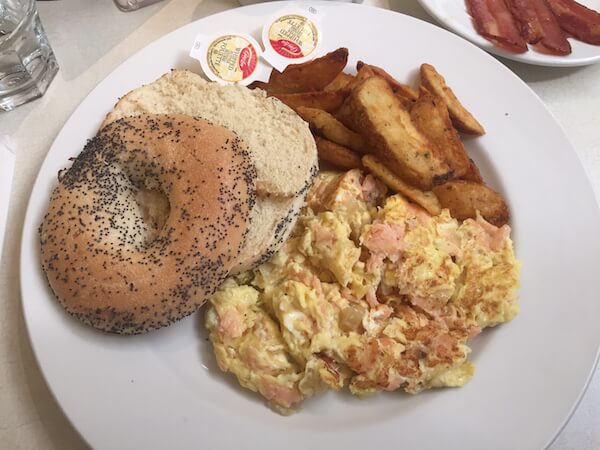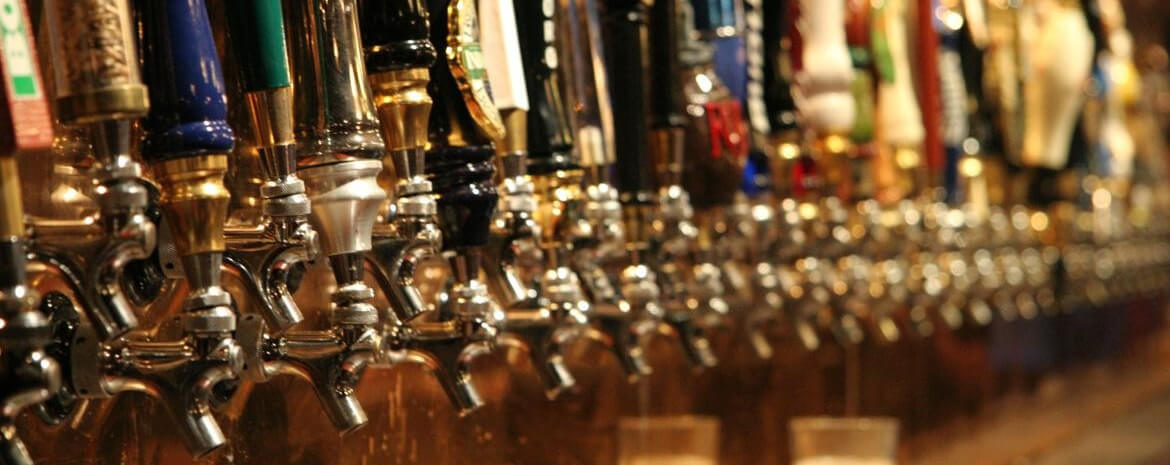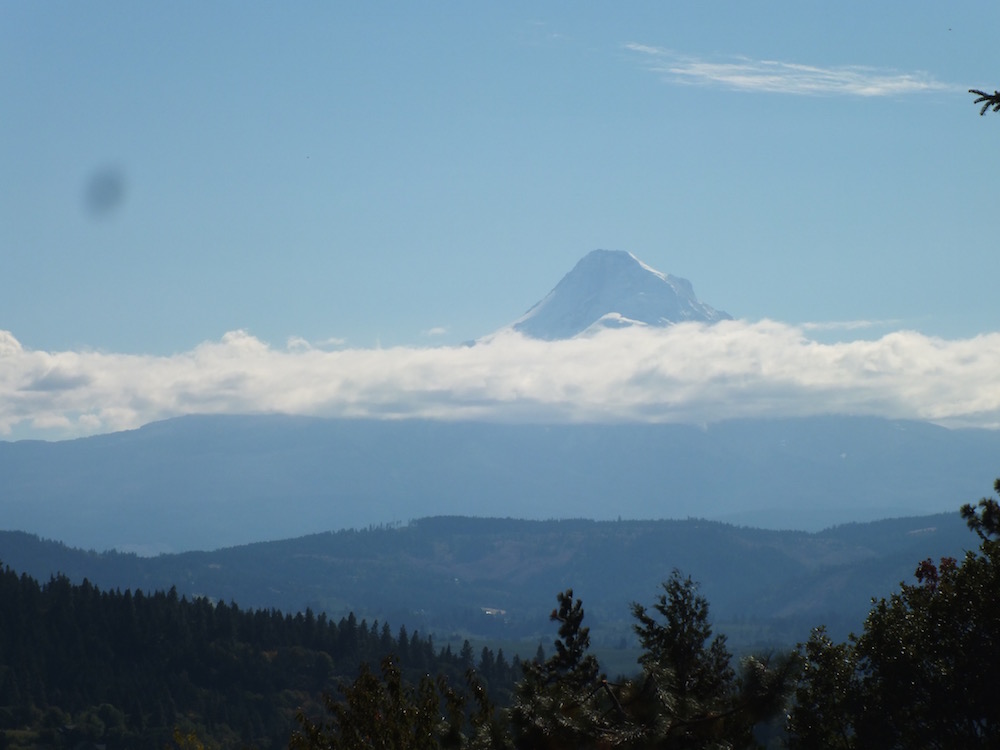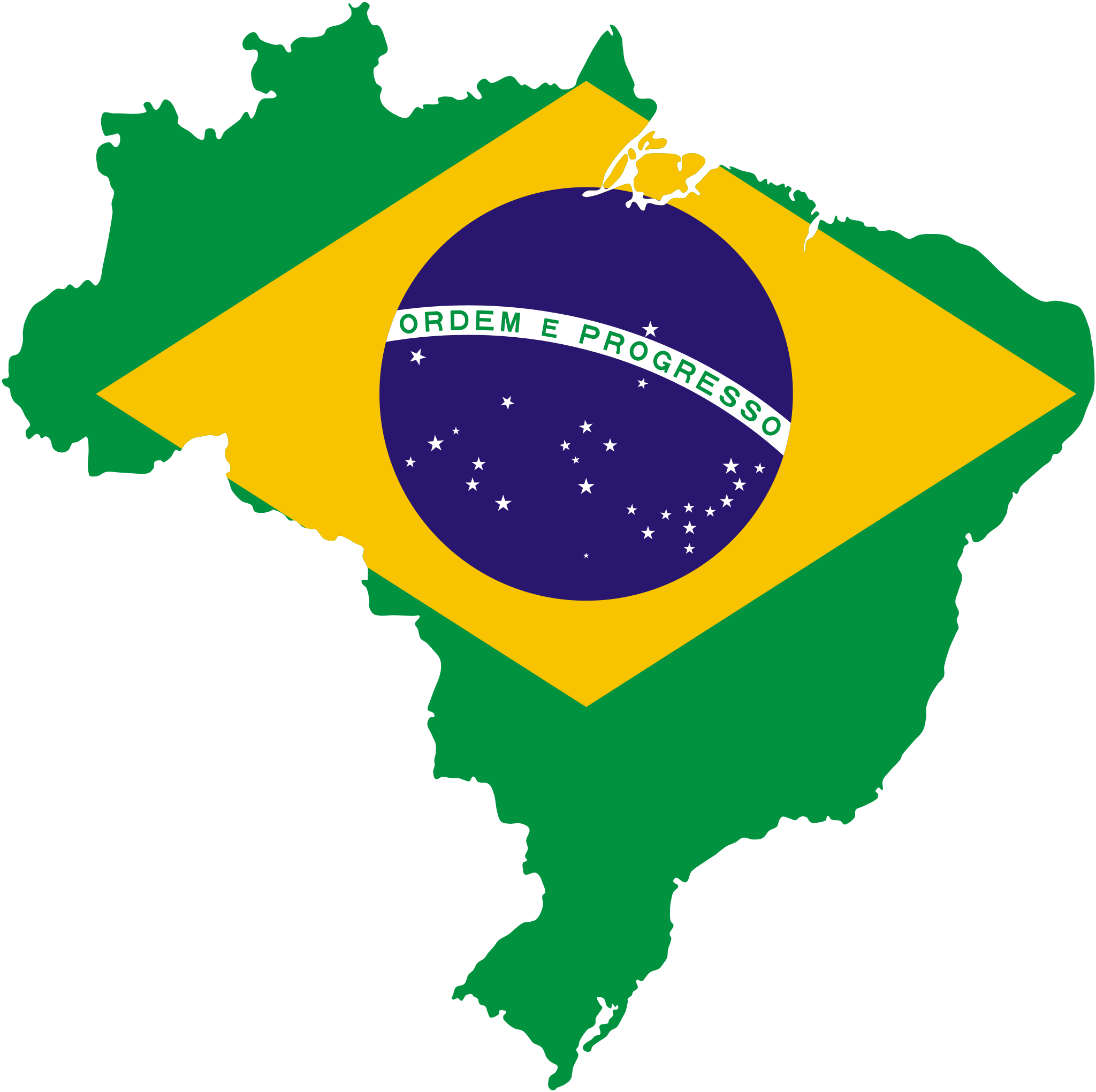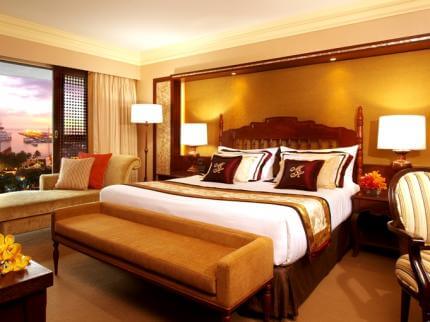Brazil is an enormous country with widely varying cultures and customs. Regardless of which region you are going, however, there are a few commonalities between all of Brazil.
The language is Portuguese.
Not Spanish. While this is a common misconception, as Brazil is the only country in South America that doesn’t speak Spanish, mistaking the national language can be offensive to some Brazilians. Portuguese and Spanish are quite similar languages in some ways, and many Brazilians can understand Spanish. English is not widely spoken, so try learning a few words and phrases in Portuguese – it is fun, and appreciated by Brazilians!
A buyer always carries change and small bills.
Vendors rarely have a lot of change, especially in the morning. If you want to avoid paying extra, or having to forego a really wanted purchase, do yourself a favor and carry a lot of small bills and change.
This also applies to supermarkets and stores. Cashiers are not allowed to have large amounts of cash, and are not properly stocked with change as would be the norm in most other countries. In order to change your large bill, they will need to either receive help from a supervisor, or take the bill to the help desk like at Zona Sul and Princesa markets. Avoid the hassle, the long waiting times, and the inconvenience by preparing yourself for this, or by paying with credit card.
Everyone is always late.
If you invite new Brazilian friends to meet you for a drink at 7pm, it is likely they won’t show up for at least a half hour late, most likely an hour or more.
In the same way, if you are invited to a party that begins at 9pm, it is best not to arrive on time. Otherwise, you will likely be the only one there, and the host may not even be ready for you and will certainly not expect you. If arriving to a dinner, it is best to be 30 minutes late. If arriving to a party or less formal gathering, plan on one hour tardy.
Greetings are touchy.
Men usually shake hands when greeting, while maintaining eye contact. Women usually kiss each other, starting with the left cheek and then alternating, even when first meeting. In some regions, and Rio de Janeiro especially, kissing cheeks is more common than handshakes, including when first meeting.
A question is the most popular way to say “Hello!”
When you greet someone, you ask “Tudo bem?” (sounds like toodoo bayne) or “Tudo bom?”
It literally means “All well?” or “All good?”
The proper response is Tudo (tuuu-do) or Tudo bem (tuuu-do bem, said affirmatively) or Tudo bom
You should eat, drink, and dance to fully experience Brazil.
Some cultural aspects are special and original to Brazil, and to experience the culture you should be sure to try them.
Brazil’s national dish is feijoada, a type of bean stew made with pork, beef, and vegetables. Churrascarias (grilled meat restaurants) are extremely popular and feature a style of serving known as rodizio, where waiters circle the dining room offering cuts of meat.
The national drink is the caipirinha, a boozy Brazilian cocktail made with the national cane liquor cachaça, sugar, and lime.
The most popular Brazilian dance and music is samba, which is seen throughout the country. Other popular styles unique to Brazil include capoeira (a mix of martial arts) and bossa nova.
